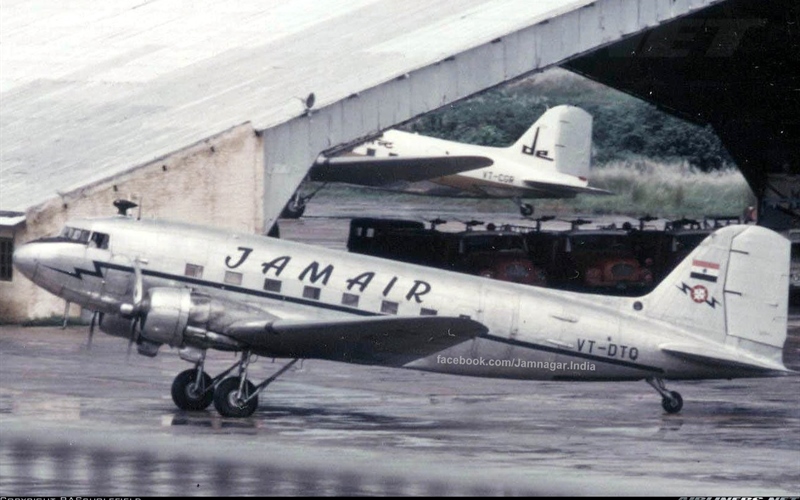Bhutan's aviation pioneer: The story of Jamair and the early days of air travel
In 1952, Bhutan initially proposed the establishment of a fully equipped aerodrome in Punakha and the acquisition of a Dakota airplane.
 (Source: Jamnagar)
(Source: Jamnagar)
However, the decision favored Paro, where construction of the airfield began in 1965. With the assistance of India, the Paro airstrip was remarkably completed within just three years, by 1968. This period coincided with global upheaval, marked by significant unrest and transformation among major powers.
Despite the presence of the airfield, the establishment of the national airline only occurred in 1981. It was in the following two years that operations began with the procurement of a German-made Dornier aircraft.
One factor contributing to the delay in establishing the national airline was the scarcity of foreign reserves. Although tourism had commenced in 1974, generating foreign currency, the funds were insufficient to acquire an aircraft until 1983.
Before the advent of air travel, individuals had to rely on jeeps to journey to the capital along a newly constructed road. For instance, in 1968, when India's former ambassador to Bhutan, A.N. Ram, arrived, he landed at the frontier airport of Hasimara in West Bengal. Operating privately from Calcutta, Jamair utilized a 10-seater aircraft on that route. From Hasimara, the Indian diplomat endured a strenuous 14-hour jeep ride along a rough road to reach Thimphu.
While some perceive the establishment of commercial flight service between India and Bhutan as a means of overcoming inconvenience, others view it as a strategic maneuver. Jamair was granted permission to operate to and from the Paro airfield on a weekly basis starting from 1968.
A news article dated December 15, 1968, in Kuensel covered the announcement of Jamair flights, detailing the flight schedule, fare structure, and routes between Calcutta and Paro.
Jamair, founded in 1946 by Mr. James B. Muff, a chief engineer of the China National Aviation Corporation, was financed by the Maharaja Jam Sahib of Nawangar (now known as Jamnagar) in Gujarat. The airline's operations initially began with a Douglas C-47B aircraft.
The prospect of launching an air service in Bhutan was discussed officially in 1964, as revealed in a meeting's minutes involving His Majesty Jigme Dorji Wangchuck and various officials. Among the points discussed were the establishment of a civil Indo-Bhutan airline and the development of airfields in Yongphula and Bumthang.
Carolyn Tshering, who traveled with Jamair, shared her memories, highlighting the contrast in costs between the past and present. She recalled the rattling seats and makeshift storage during her flights on World War II Dakota aircraft.
Recalling her flying memories with Jamair, Carolyn Tshering said, “Today [2023] my daughter bought me some Shaba cucumbers, undoubtedly the best but at a staggering price of Nu 100 each. It was a coincidence that I was going through my old Kuensel copies and came across this advertisement. In 1968, the cost of a flight to Calcutta was Nu 135, and excess baggage was 1.25 per kg. So, for that price today, I can buy two cucumbers.”
While Jamair's flight service ended due to subsidy issues, its significance in Bhutan's aviation history remains enduring. As the first airline to connect Bhutan with the outside world, it played a pivotal role in forging early connections and facilitating travel. The experiences of flying on these aircraft, filled with nostalgia, hold a special place in the memories of those who were part of this era. Despite the evolution of Bhutan's aviation landscape, Jamair stands as a pioneer that paved the way for the nation's aviation industry.




